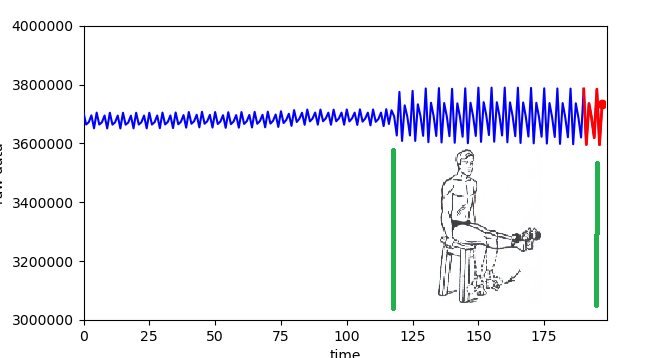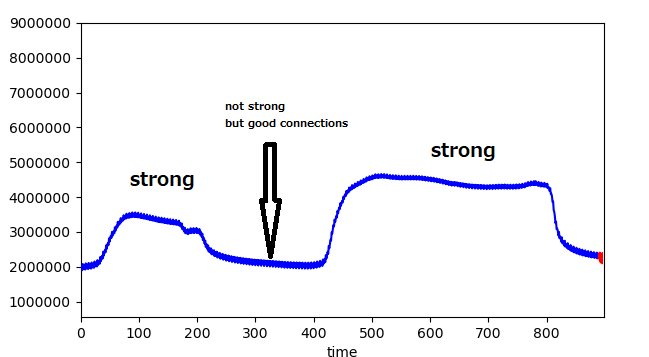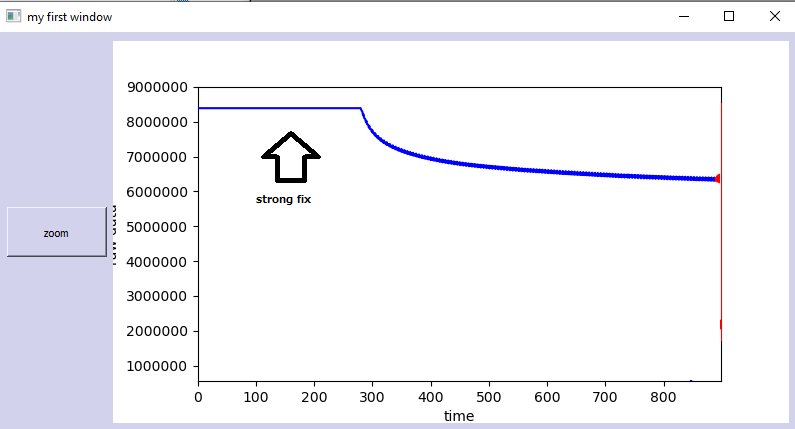Hello. I have a little problem with the bias out signal in ADS1299. Bipolar voltage. For measurement, I use the scheme from manual ADS1299 - figure 73. When I measure the voltage between the electrode (on the head) and the reference electrode (left ear) I receive stable result -+0.5 µV. But when I connect bias out electrode (to right ear) my result significant grows up from 1 µV(+-0.5) to 12000 µV(+-30) between the electrode (on the head) and the reference electrode (left ear). I expected the opposite result, that with the bias electrode I will have a more stable result.
When i use the next register:
reg CONFIG3=0xEC
reg CONFIG2=0xD4
reg CONFIG1=0x96
reg 0x0D=0x00
reg 0x0E=0x01
reg 0x0F=0x00
reg 0x10=0x00
reg 0x11=0x00
reg 0x15=0x20
reg 0x17=0x00
reg CH1SET=0x08
the voltage between bias out electrode and ground in the board - "-1.24V". I try used different settings for the register but the result was similar.
I read BIOFAQ, but didn't find a similar problem. I know for what need BiasOUT, Biasinv, Biasin but this knowledge, not enough for understand - why when I connect bias out electrode to ear my measurement result grow up?






